Innehållsförteckning
Guest writer: Mia Ulin
Join us on a journey to Detroit 2.0 which offers thriving culture, sports, great food, the legacy of Henry Ford, innovative technology development and many proud Detroiters who love to tell the story of their city.
In the 1950s, the city of Detroit in the northern US state of Michigan had two million residents and was the fourth largest in the US with a thriving motor industry. But mass closures of car factories, rising unemployment and crime caused residents to flee and tax revenues to decline. In July 2013, Detroit filed for bankruptcy with at least $118 billion in debt and only about half a million residents left.
Since then, the city has taken revenge. Private industry, private donations and local initiatives have come together, investing and reinvesting in buildings, urban environments and entrepreneurship. Last year, Detroit made Time Magazine's list of the world's 50 most extraordinary destinations to explore.
Being a culture nerd myself, my goal in visiting Detroit is mainly history, music, art and a curiosity about how the city has managed to rise from its misery. But during my stay, I discover much more than I dared to dream of and there are experiences for the sports nerd as well as for car and nature enthusiasts.
I'm travelling with Icelandair because I've always wanted to come to Iceland, and I take the opportunity to spend a day in Reykjavik. This means we land in the evening in Detroit and after checking in, we head out into the neighbourhoods of Greektown to soak up the atmosphere with many small Greek restaurants.
Rock City and Home of Soul
Detroit is one of the most music-intensive cities in the world and is also known as 'Rock City'. Artists like Madonna, Aretha Franklin, Iggy Pop, Alice Cooper and Eminem have ties to the city, which is also considered the home of the Techno music genre.
The first morning we will go to the Motown Museum, about 10 minutes by car or 20 minutes by bus from Downtown Detroit. Motown is a legendary record label founded in 1959 by Berry Gordy and had its heyday throughout the 60s and 70s with artists such as Diana Ross and The Supremes, Jackson5, Michael Jackson, Stevie Wonder and The Temptations. Currently, plans are underway for a massive $55 million investment to provide an even greater interactive music experience.
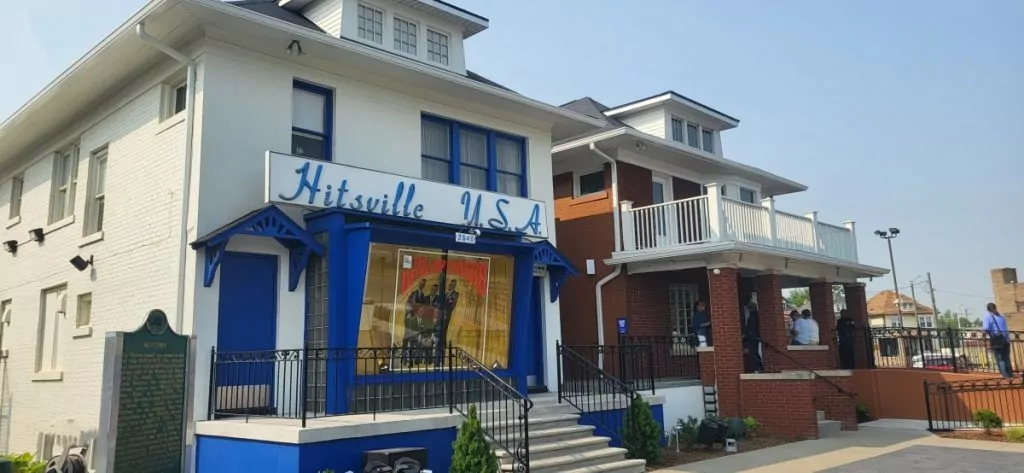
We participate in the guided tour, which is one of the best guided tours I have experienced. Something I learnt during my time in Detroit is that the city's guides are phenomenal at storytelling, very committed and love to talk about their city with a great deal of pride.
It's a powerful feeling to be in the original studio where so many hits were recorded and we even get to learn "The Temptation Walk" to the tune of one of the group's biggest hits "My girl".
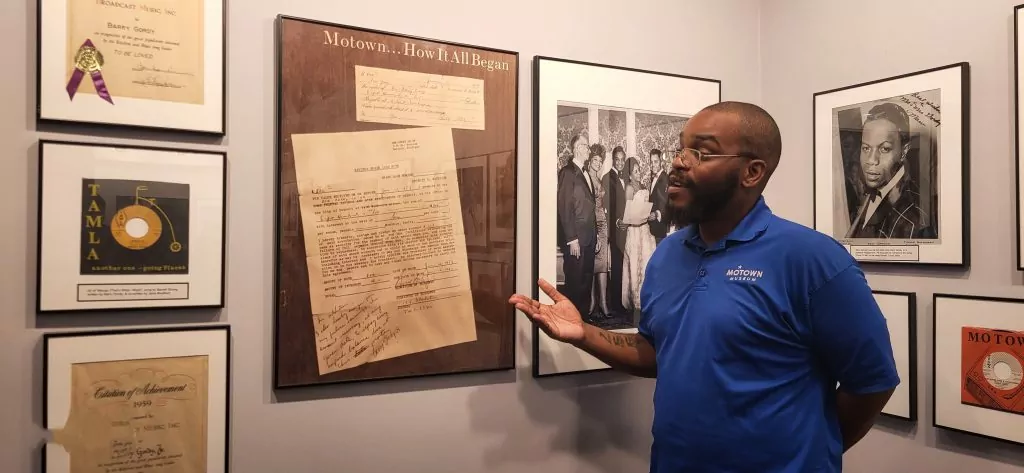
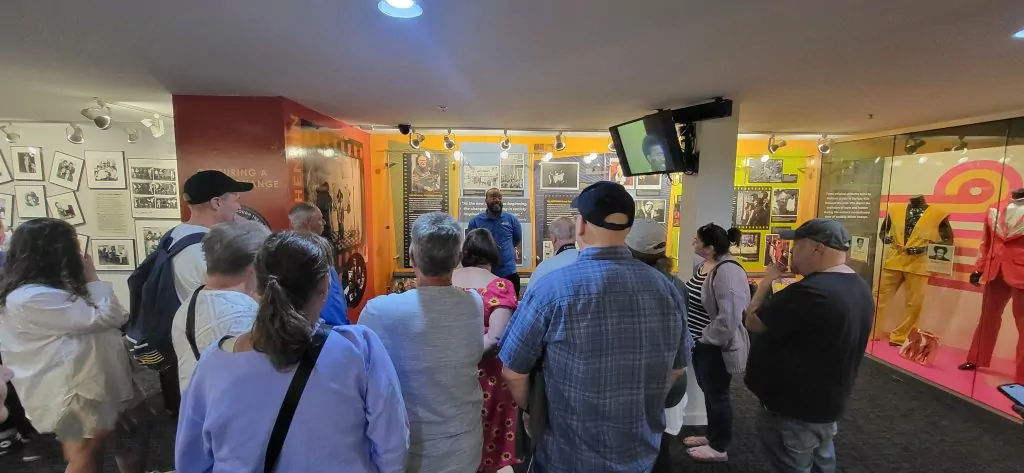
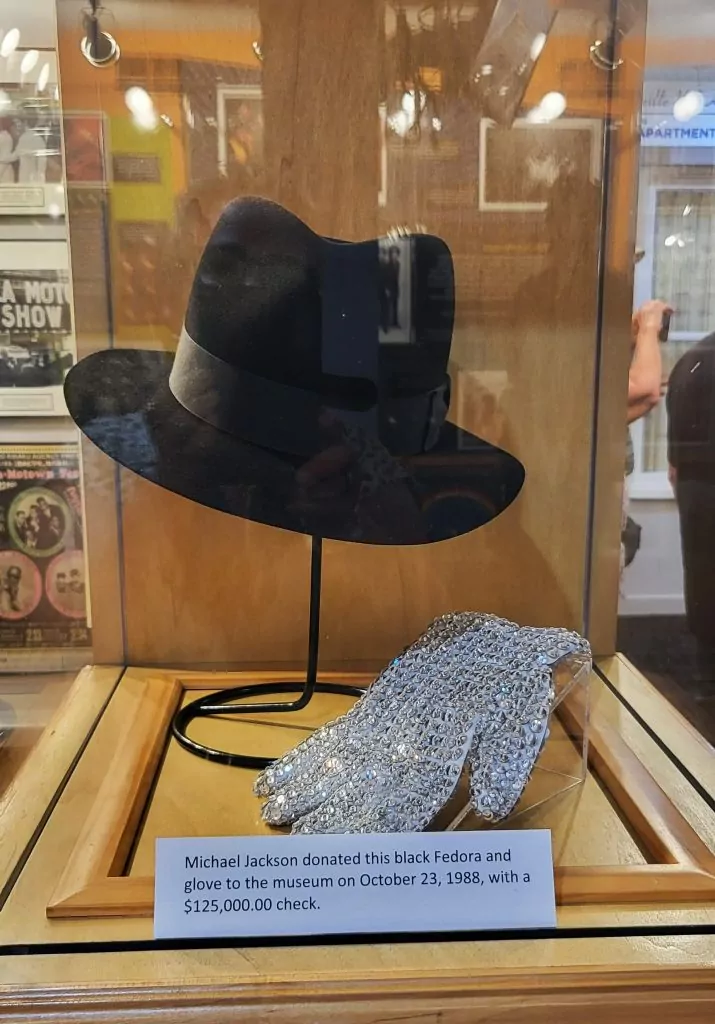
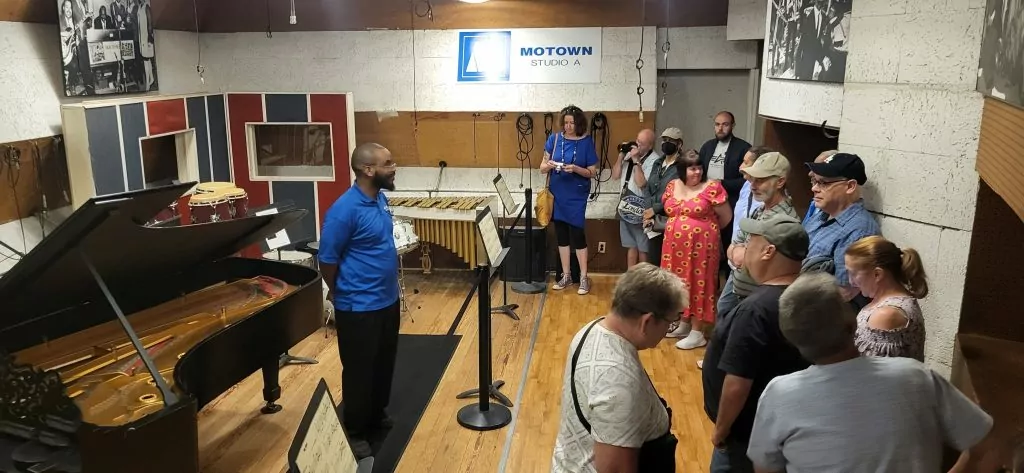
World-class art museum
The Detroit Institute of Arts (DIA) is a five-minute drive or half-hour walk from Hitsville and we are met by Megan, one of the museum's volunteer guides. The DIA was founded in the late 19th century with contributions from a local newspaper king.
The museum is gigantic and reminiscent of the National Museum in Stockholm in its structure and colour scheme. A glassed-in courtyard has fantastic frescoes by the famous Mexican artist Diego Rivera called Detroit Industry, showing scenes from the car factories. There are also works by Van Gogh, Picasso, Monet, Andy Warhol and, not least, colourful works by contemporary African-American artists.
We end our visit to DIA with a buffet lunch where you can choose from a rich salad table, baked sweet potatoes, pizza and other dishes.
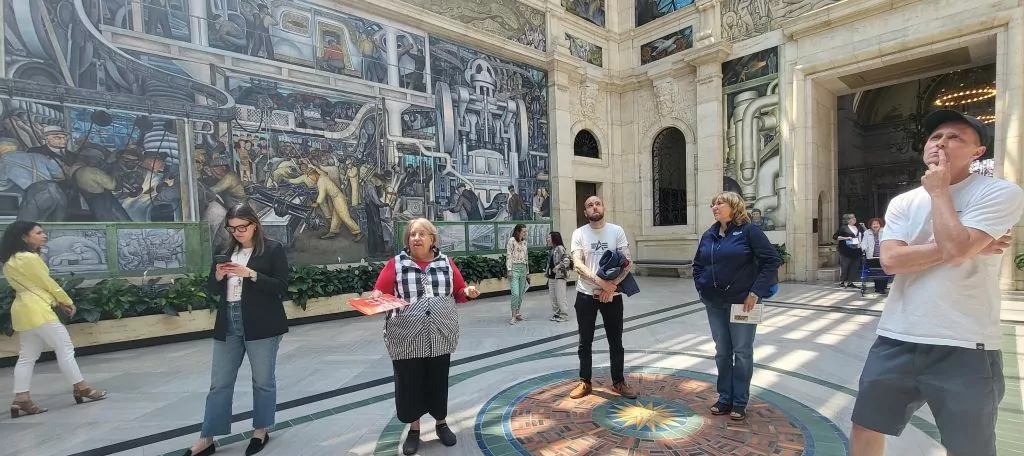
The Ford Piquette Plant Museum - The birthplace of the T-Ford
Detroit is known as the Motor City and the centre of the US automotive industry, but even before the advent of the car it was a major industrial city, producing tobacco and iron stoves.
Three of America's automotive giants have their origins in Detroit: General Motors, Chrysler and the Ford Motor Company, whose founder Henry Ford made his mark in and around Detroit.
Henry Ford was a complex personality who believed in reincarnation, was highly innovative and is said to have been a humane employer but also opposed trade unions. However, he has done much to promote innovation and creativity.
A 15-minute walk or three-minute drive from the art museum, the Ford Piquette Avenue Plant Museum features the very first cars produced at the Ford Motor Company. The factory was built to mass produce the T-Ford, the model that made it possible for ordinary people to own a car, revolutionising the American way of life. It includes the 'Elizabeth' car, a bright red 1909 Ford Model T Touring and one of the world's first electric cars from 1918.
The museum is part of Museums for All, a national programme of over 1000 museums that provides free admission to lower-income individuals and families in the United States to encourage museum visits and build lifelong museum habits.
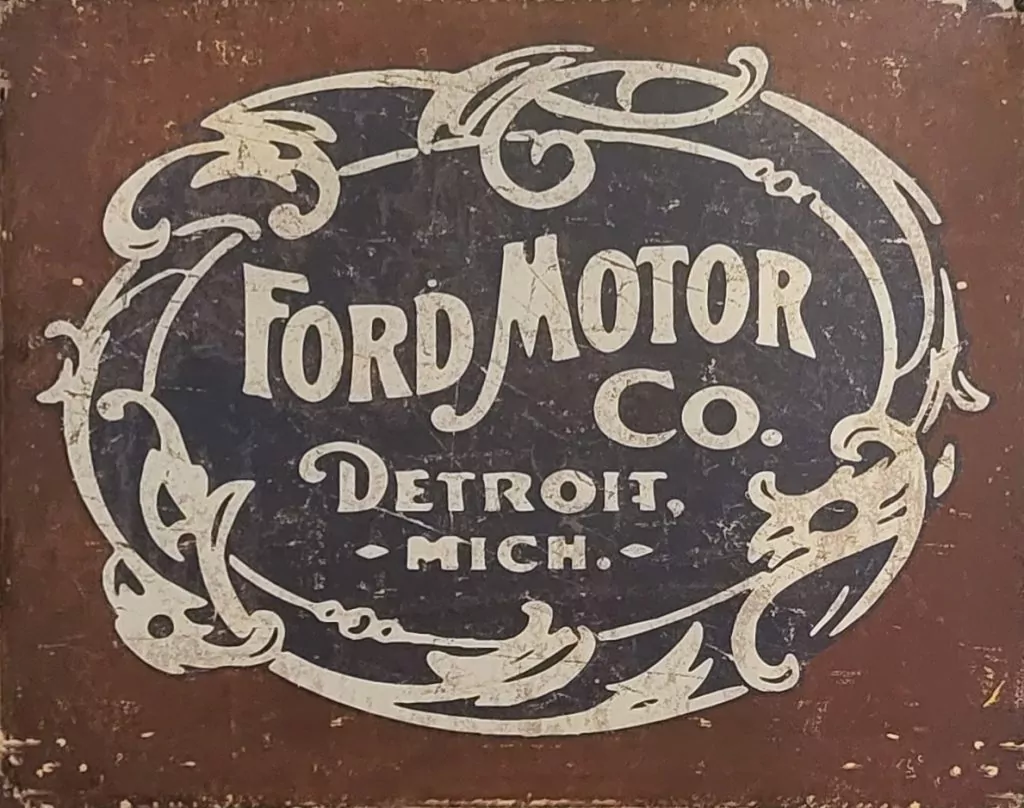
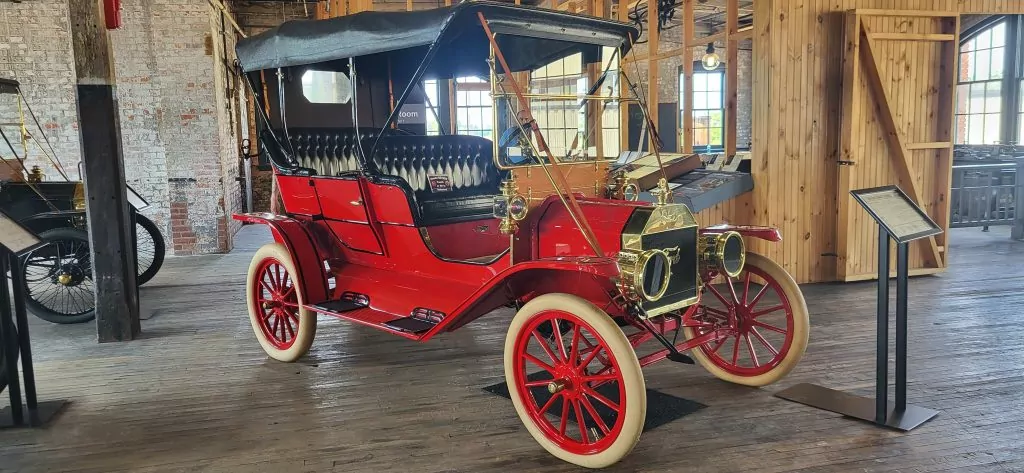
Downtown revives
When the automotive industry suffered closures in the 1970s, many people moved out of the city, leaving vast amounts of office buildings abandoned and empty in downtown Detroit. The inner city was like a ghost town with gaping windows.
Many of the tall skyscrapers from Detroit's early 20th century heyday were, until recently, covered with steel mesh to prevent bricks and other building materials from falling and injuring passers-by on the street. Many empty houses were also demolished. The unemployed started to grow useful plants on the abandoned plots to support themselves. Today, some of the city-grown produce is sold at Eastern Market, 1.5 km from the city centre in the neighbourhood sometimes known as Little Italy.
Today, several of the city's successful entrepreneurs and developers have invested in the renovation of many of the architectural masterpieces from the early 20th century, turning them into either residential, hotel or office space, and Downtown is once again becoming a centre of activity.
For example, the historic 19-storey David Whitney Building, one of the most distinctive skyscrapers in downtown Detroit, has been restored to its original 1915 grandeur. It now houses 136 hotel rooms and 105 condominiums. The giant marble, terracotta and gold leaf lobby was once one of the busiest shopping malls in the Midwest and a prime address for Detroit's top doctors.
City tour in Detroit
Our guide Chris from The City Institute takes us on a walk through Downtown Detroit. The City Institute is an unusual guide company that takes a deeper responsibility for community development than many others. Locally, the City Institute provides a deeper understanding of Detroit's assets, history and challenges so that its residents and stakeholders can be better equipped to shape a just and prosperous Detroit.
The company also trains other cities to learn how to tell their stories to attract and retain talent, engage and inspire residents, promote small businesses, and build thriving and equitable communities.
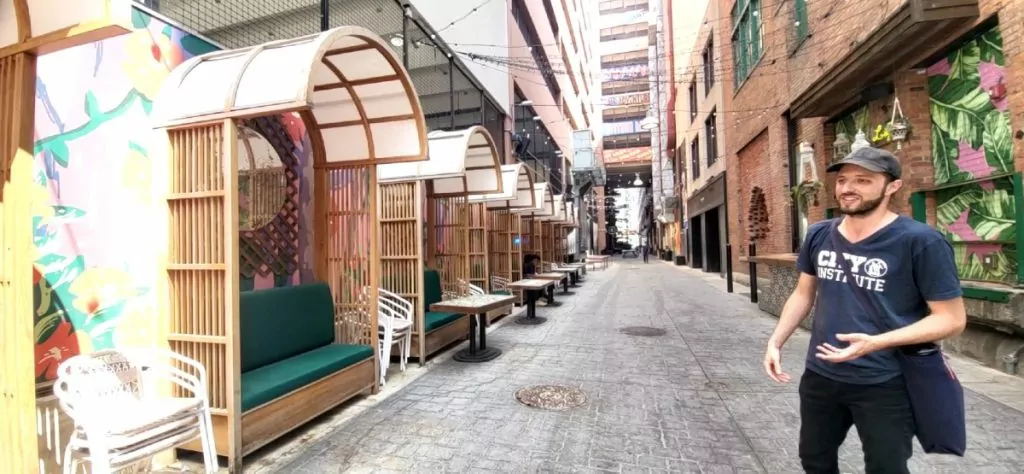
The Belt's entertainment district
We walk through The Belt, an alleyway between Broadway and Library Street named after the former garment district in which it is located. Once desolate, it's now transformed into a meeting place with bars, nightclubs, restaurants and comfortable sofas. The building walls are covered with works by famous artists curated by the Library Street Collective art gallery.
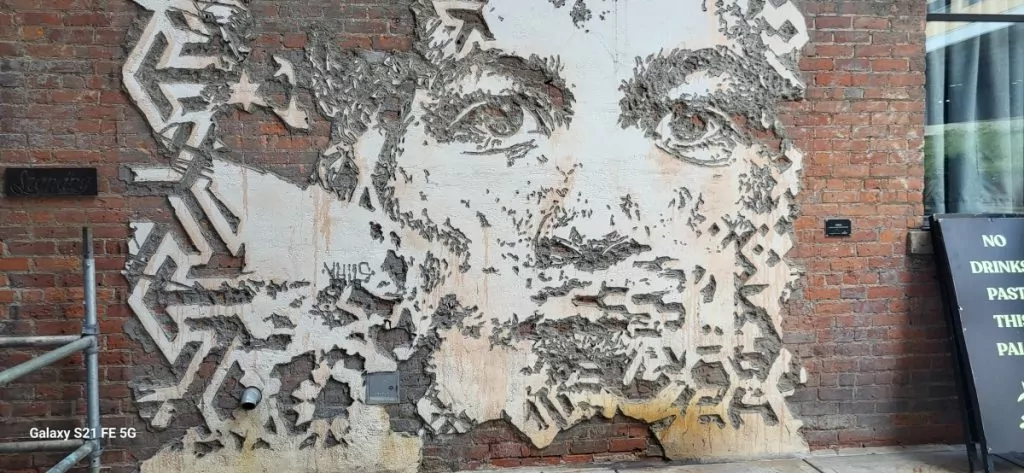
Detroit's largest art object
One of the most famous sights on the Detroit skyline is the Fisher Building, known as "Detroit's greatest art object." It has now been restored to its former glory of marble, gold and precious wood.
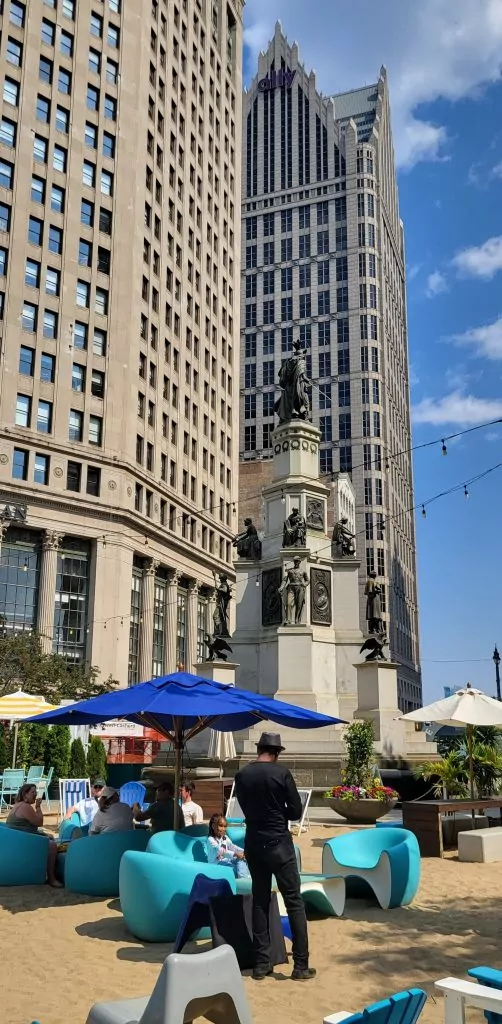
street art
Even though Detroit as a city has struggled, art, music and other culture has continued to flourish. Not least in the Detroit Mural Project, artists showcase their creativity. Throughout the city there are large murals on building facades, the most famous being a huge painting of Stevie Wonder.
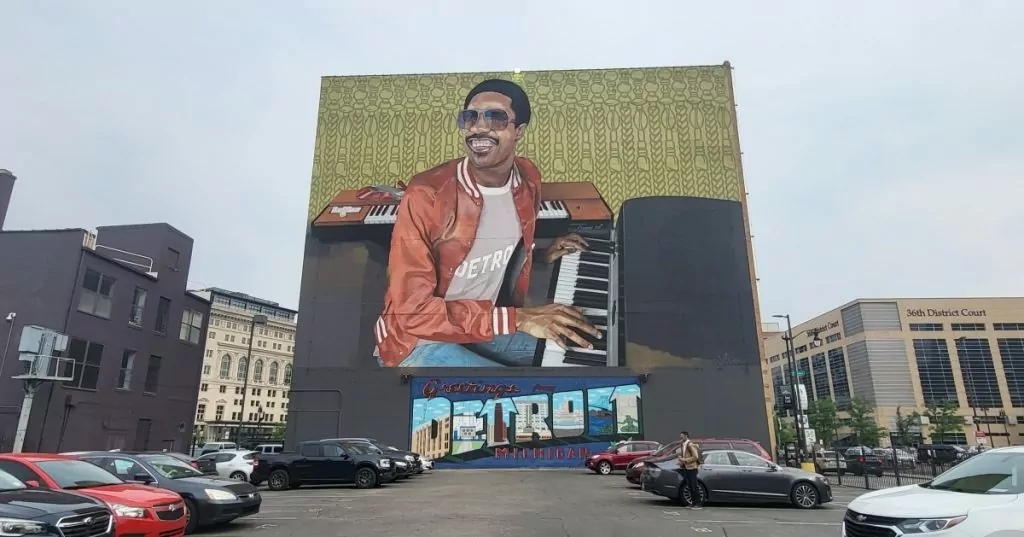
Midtown with shopping and bars
The afternoon ends with a visit to Midtown where Shinola Detroit has its concept store. Shinola Detroit is a design brand with a commitment to making sustainable products, from watches to leather goods, with timeless design and thoughtful craftsmanship.
Also in the same neighbourhood is Third Man Records, formerly a major manufacturer, now a vinyl record store, a microbrewery, Jolly Pumpkin Pizzeria & Brewery with lots of different beers, Detroit Denim Company, Imagin U2 Boutique and several other high quality shops. Midtown also has a number of restaurants.
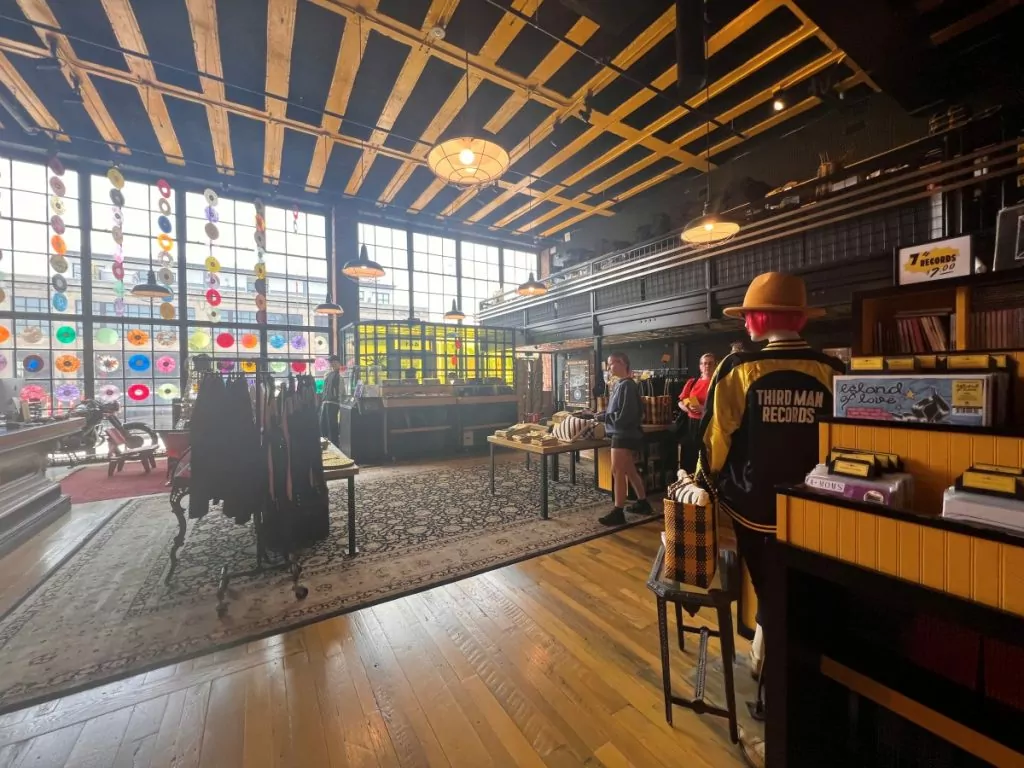
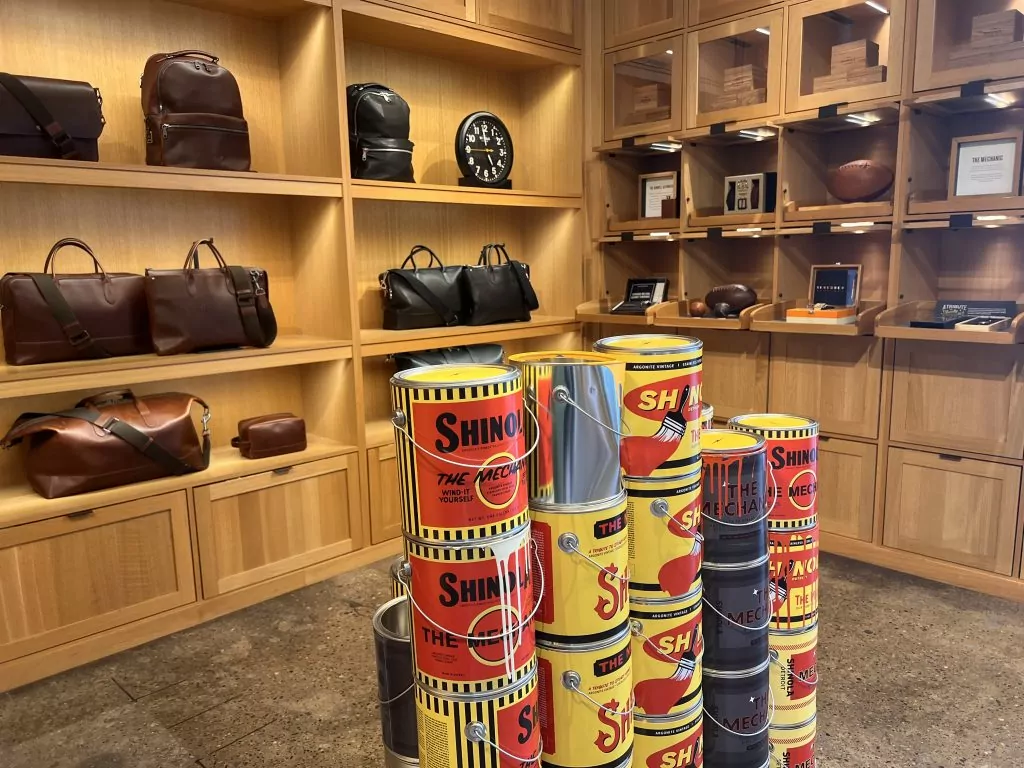
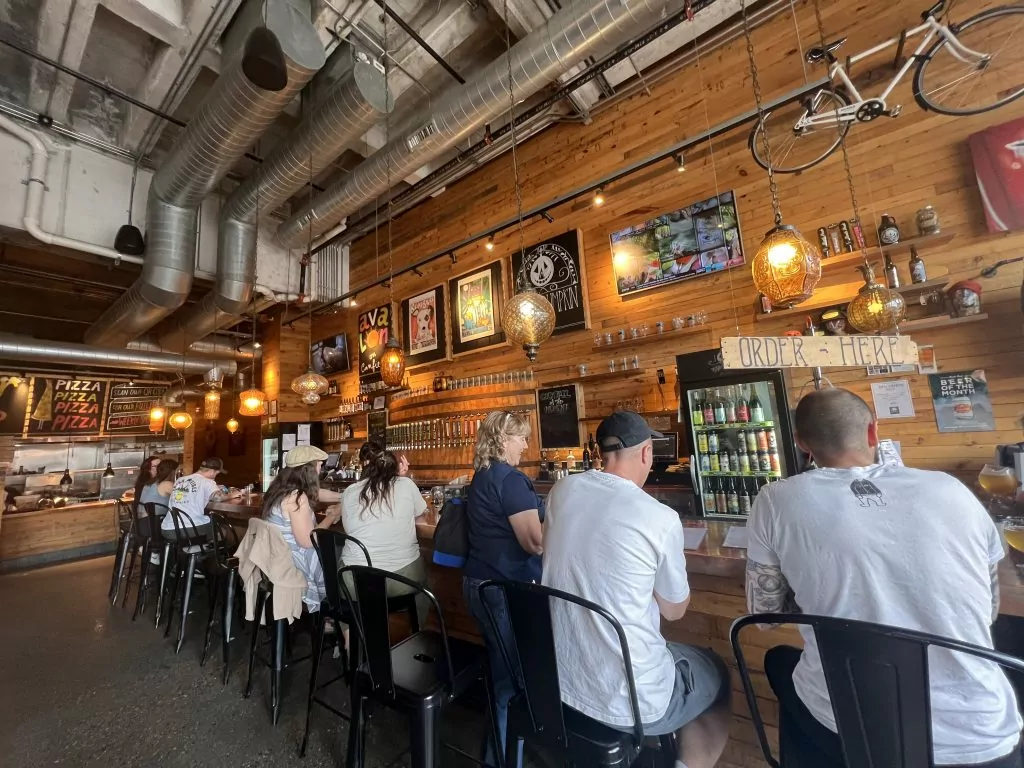
Detroit International RiverWalk
From inaccessible industrial areas, car parks and docks, the city's Detroit Riverfront has been transformed into an outdoor arena for recreation, movement and social interaction with a long walking and cycling path, parks, family attractions, splash ponds, fountains, restaurants and cafes. It has been recognised as #1 Boardwalk in America by USA Today readers for several years in a row.
The area is currently about 5 kilometres long but will eventually stretch 8 kilometres between the Ambassador Bridge connecting Detroit to the Canadian city of Windsor across the river, to the MacArthur Bridge leading to Belle Isle, a large island park with a zoo, aquarium, conservatory, a museum and plenty of space to hike, barbecue and just be.
Just off the RiverWalk is the Renaissance Centre, a group of seven skyscrapers originally built by the Ford Motor Company but now owned by General Motors, which is also headquartered there. The skyscrapers are an important part of the Detroit skyline.
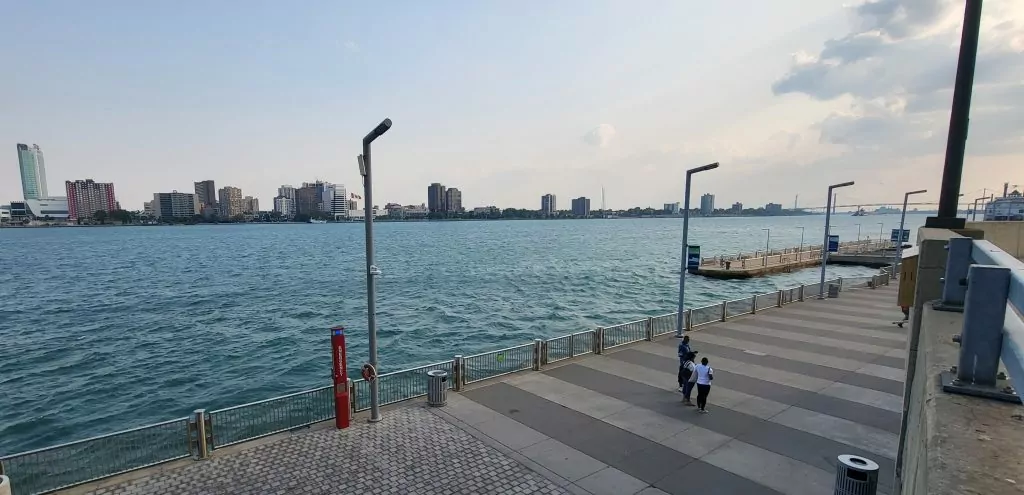
Highlands restaurant with a view
The evening ends at the Highlands restaurant on the 71st floor of the Renaissance Centre with views of Detroit and Windsor, Canada, stretching for miles. Highlands is an upscale restaurant that specialises in high-quality grilled meats, but has many other dishes on the menu and a wide selection of wines.
We start with a platter of locally caught oysters with horseradish granita, tabasco and aged tequila on the side. The oysters are small but very tasty. The granita was lovely, but I prefer lemon to tabasco and tequila which I think takes away from the flavour.
I choose to combine a three-course menu with steak tartare, smoked egg yolk, marrow toast and pickled shallots as the first course. The second course will be duck with kale, mushrooms, black garlic and chestnut. For the third course I chose scallops with mushrooms, braised oxtail, sweet onion and sauteed broccoli. The tartare was fantastic, the duck very good and the scallops just fine. Together with the recommended wine package, the whole menu is about 1800 SEK per person.
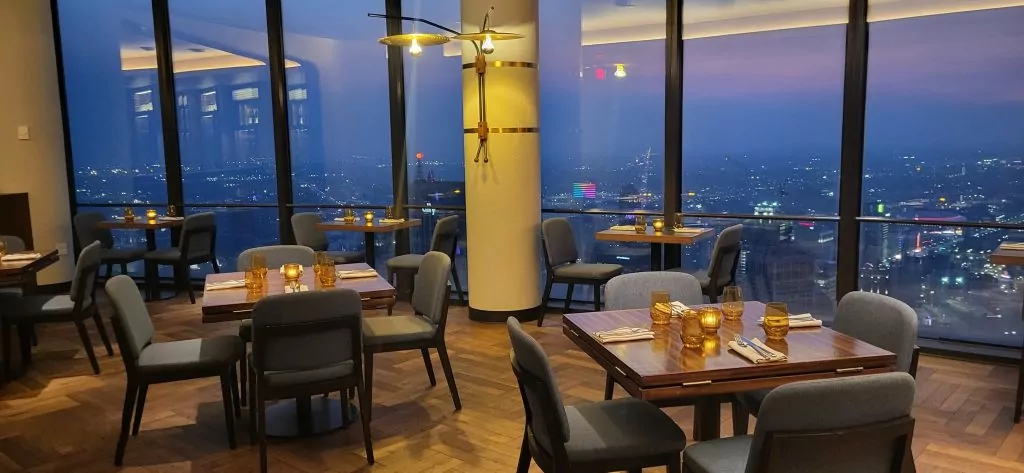
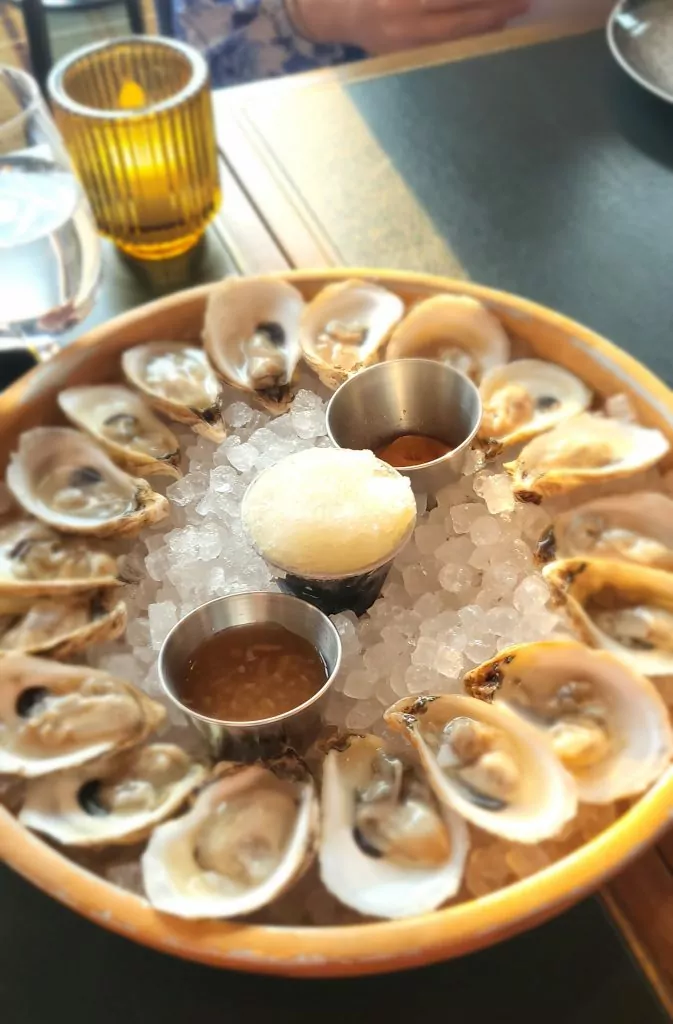
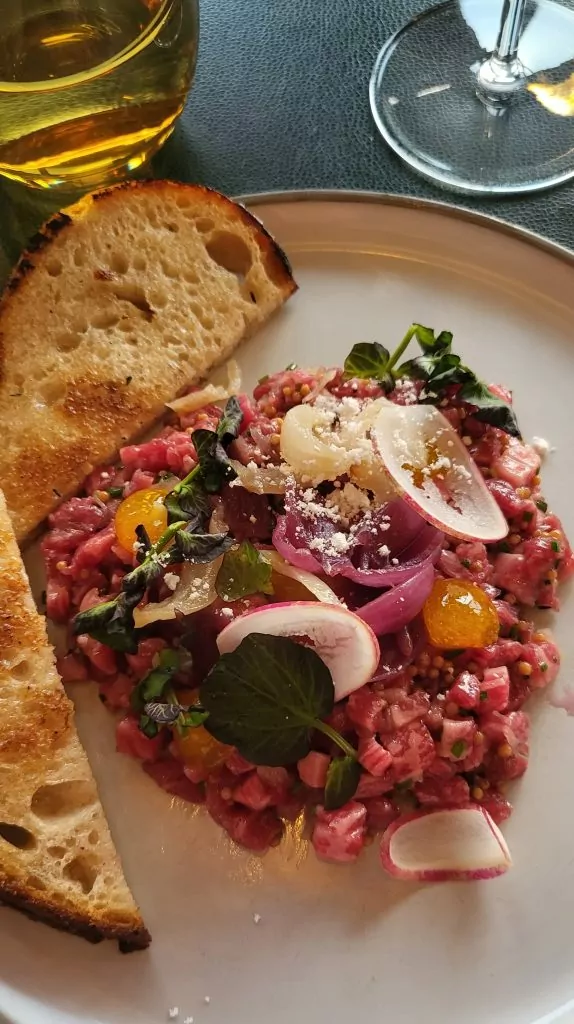
Sports city Detroit
Detroit, like many US cities, has its own sports teams. Perhaps the most famous is the Detroit Tigers baseball team. Outside the Commercia Park stadium, where the Tigers have played since 2000, stands a large, intimidating stone tiger.
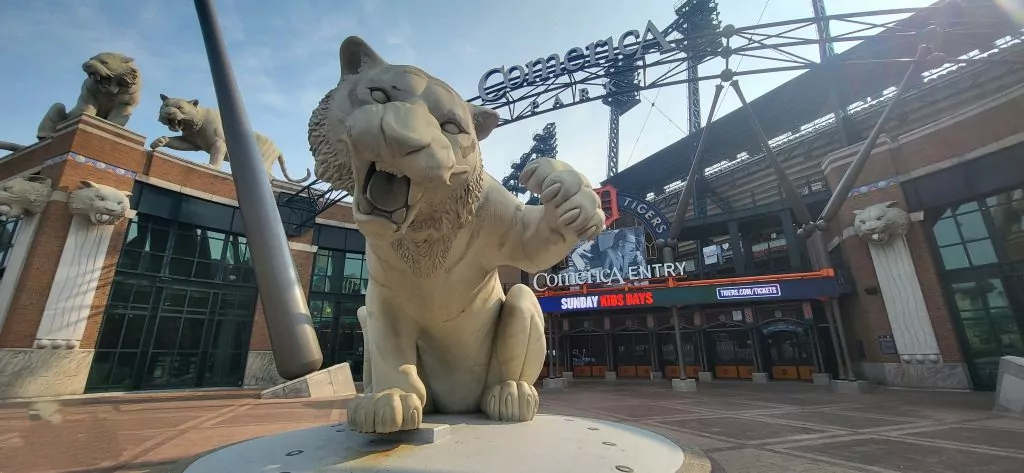
The multinational pizza company Little Ceasar is one of the companies that want to show their gratitude to Detroit, where the company started, by investing in buildings, headquartered here and creating jobs. The Little Ceasars Arena, built in 2017, is home to both the NHL team Detroit Red Wings and the NBA basketball team Detroit Pistons. The arena is half the size of the Tele2 Arena and holds around 22 000 people.
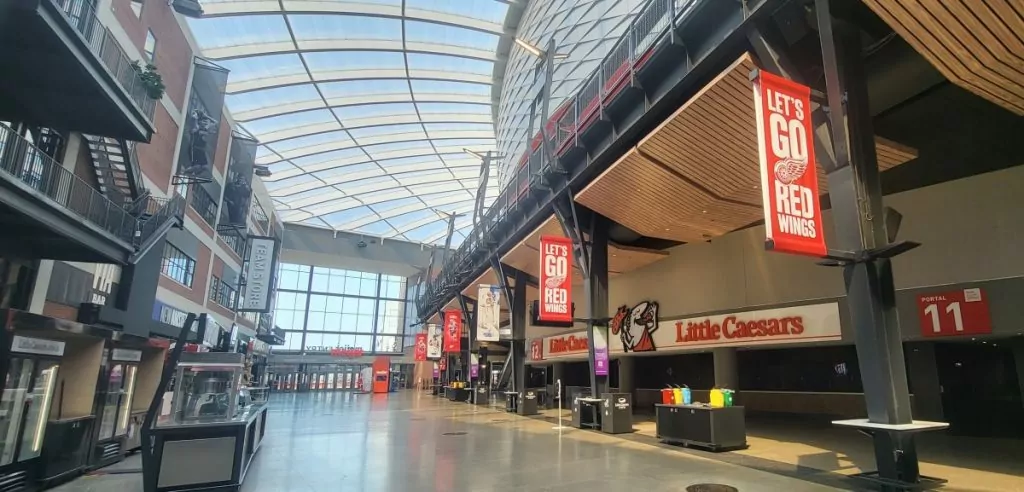
The legacy of Henry Ford
The Ford Rouge Plant, Ford Motor Company's large factory site, is located about 15 kilometres from Detroit City in the suburb of Dearborn. We are welcomed by Angela who has been hosting us since 1993.
Henry Ford may be best known in Sweden for the T-Ford, the first mass-produced car that made it possible for ordinary people to afford a car, revolutionising the American way of life. Henry Ford invested a large part of his fortune and built a cultural and historical monument to American innovation in his birthplace with around 1.7 million visitors annually.
The Henry Ford Museum is a world-class visitor destination that has everything you need for a full-day experience: there is the Ford Rouge factory itself with its Factory Tour where you can see several films about the development of Ford cars, many of the old car models and even go inside the factory to see the production.
There is also an exhibition on the environmental work at the factory site. 30 years ago there were no birds, insects or fish in the waterways because of the factory's pollution. Since then, there has been a concerted effort to address this in various ways, and it has been very successful. The best known is the system for managing stormwater using a large sedum roof. Among other things, the plants help double the life of the roof, provide insulation, absorb carbon dioxide and create biodiversity.
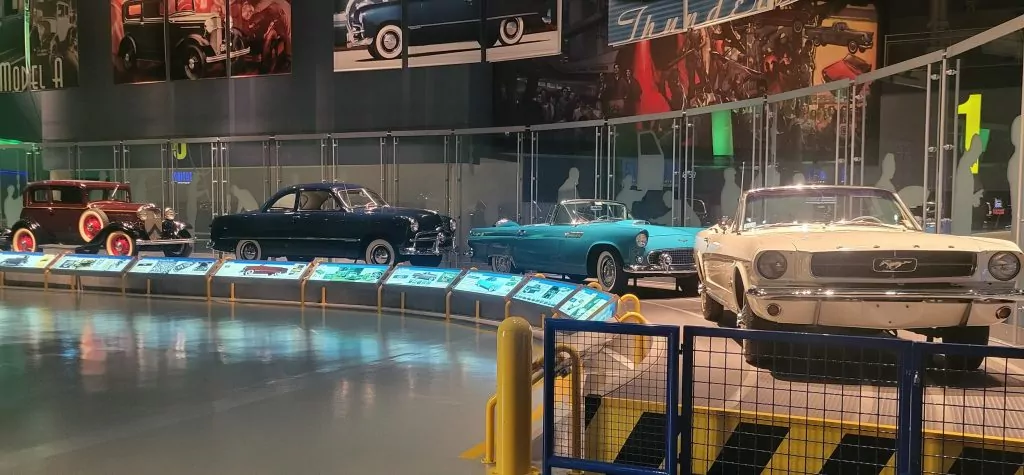
An American Skansen
You don't have to be a car nerd to appreciate the Henry Ford Museum, there's something for everyone. Ten minutes from the car factory, Greenfield Village is where Henry Ford was born. It's like an American Skansen, but almost three times the size. A gigantic open-air museum for the whole family with buildings from the early 20th century, farms that produce the food for the restaurants in the area and a large souvenir shop that sells products made by the craftsmen in the village.
Many of the houses are historic buildings that have been refurbished, some are original. You can visit Thomas Edison's laboratory where he invented the light bulb, the Wright brothers' bicycle workshop where they developed aeroplanes and Henry Ford's own birthplace.
The village streets are lined with T-Fords and other vehicles from the early 20th century, both motorised and horse-driven. The people who work in the village all wear historic clothing and many work as volunteers. What they all have in common is a great deal of pride in carrying on the legacy of Henry Ford through their stories of ingenuity and innovation.
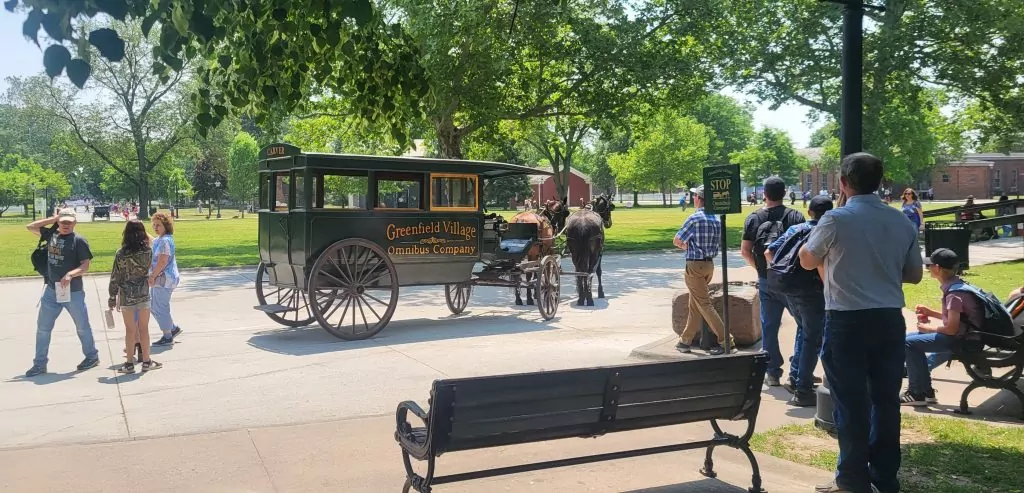
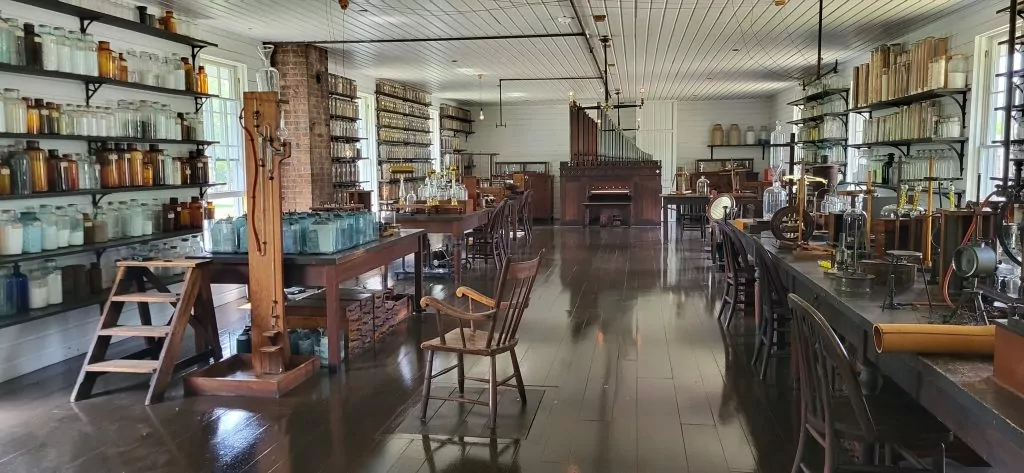
19th century lunch
Right at the entrance is the Eagle Tavern, a mid-19th-century inn run by the Woods family who served their guests dishes made with locally grown produce, which is still done today.
The decor, crockery and waiters' clothes are contemporary, as is the menu. We start with an asparagus soup with cornbread and pickles, followed by salmon or chicken served with green salad, eggs and sweet potatoes. For dessert there will be a big slice of strawberry pie and custard.
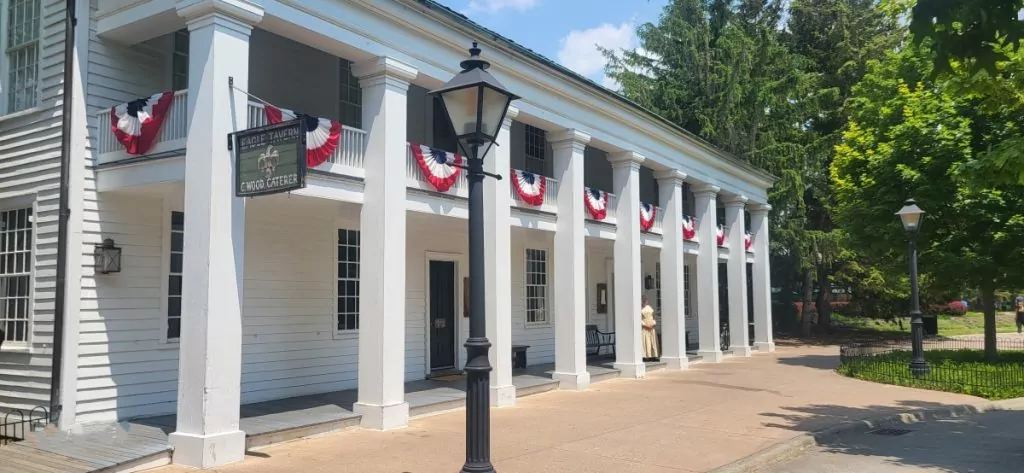
Museum of American Innovation
On the edge of Greenfield Village, the Henry Ford Museum of American Innovation is housed in a large, palatial 1929 building with 49,000 square metres of exhibition space. Here, Henry Ford wanted to collect the history of American innovation for the future:
I collect the history of our people as written in things their hands have made and used ....
These include the car in which John F Kennedy was travelling when he was assassinated, the chair in which Abraham Lincoln was sitting when he was assassinated, and the bus in which Rosa Parks refused to stand up that launched the civil rights movement's fight to abolish apartheid in the southern United States.
There are also various temporary exhibitions. Right now, the story of one of my favourites, Julia Childs, who taught the American people how to cook French food.
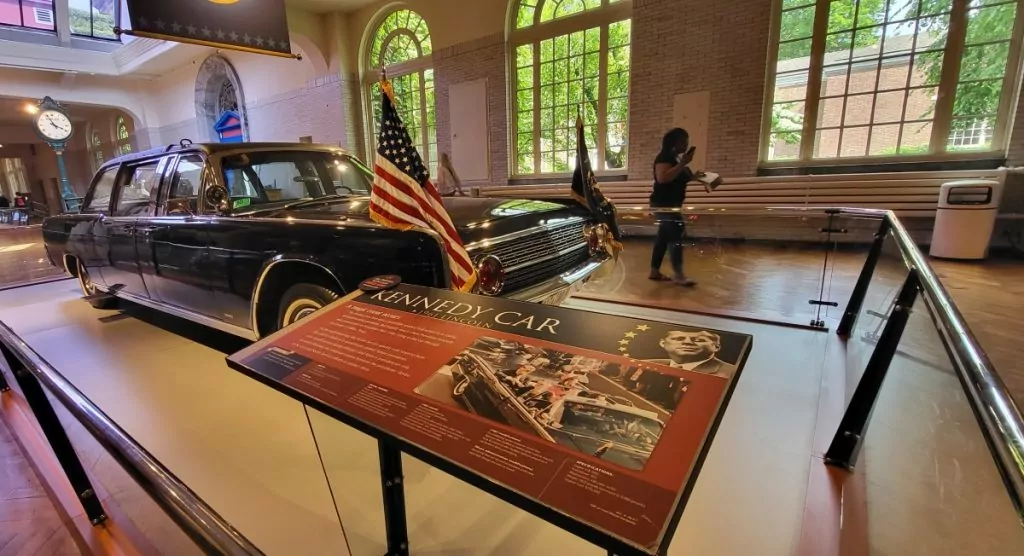
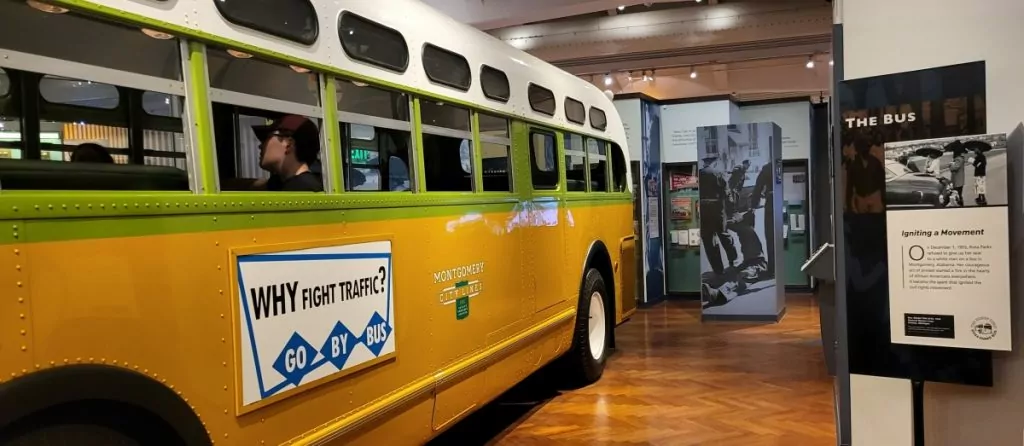
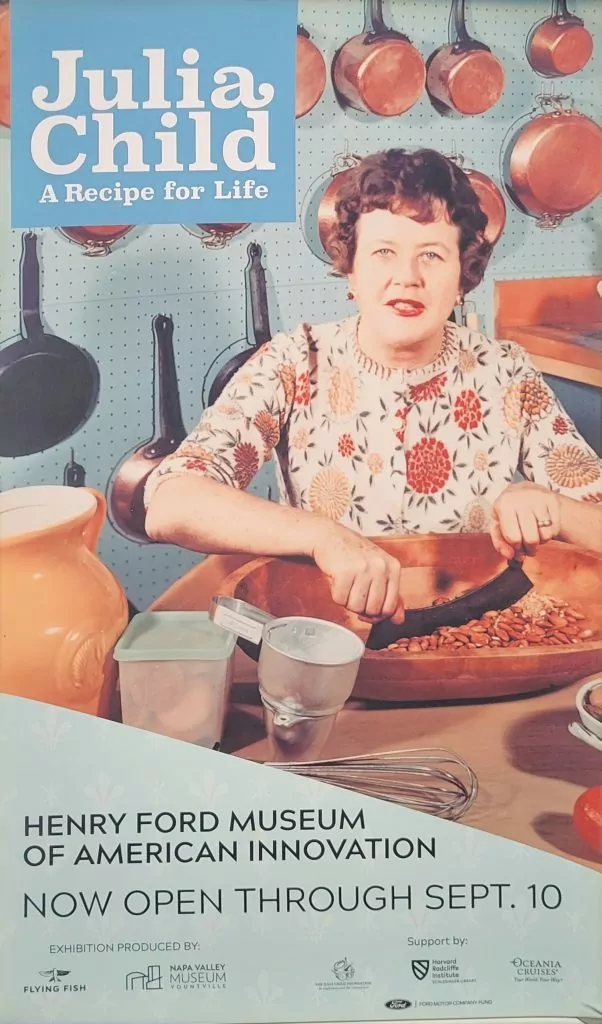
Innovations for the future
The site also houses the Benson Ford Research Centre with a digital archive and the inHub, which is a catalyst for the development of innovative thinking among teachers and students around the world. Because Detroit has not only an interesting industrial and innovation history, but a huge amount of research and development to meet the challenges of the future in the endeavour to rebuild its city for future generations.
Info on Detroit
How do I get here?
Since I wanted to visit Iceland on my way to the US, I travelled with Icelandair. Then you can make a stop in Iceland for up to 7 days at no extra cost, except for the hotel. You can also travel by boat across the Atlantic, which takes about a week one way from England.
I got very good information from the Detroit Tourism Organisation: www.visitdetroit.com
Guided tour with The City Institute: www.thecityinstitute.com
I visited
- Henry Ford Museum of American Innovation, www.thehenryford.org
- Ford Rouge Factory, www.thehenryford.org
- Greenfield Village, www.thehenryford.org
- Detroit Institute of Arts, www.dia.org
- Motown Museum, www.motownmuseum.org
- Ford Piquette Plant, www.fordpiquetteplant.org
- Highlands Restaurant in the Renaissance Centre, www.thehiglands.com
- Greektown - Lots of cosy Greek restaurants
- Detroit River Walk, www.detroitriverfront.org
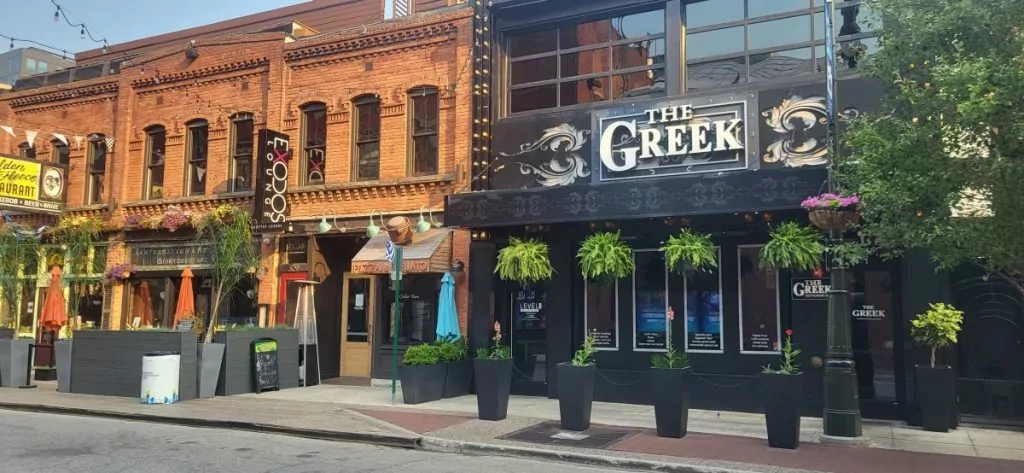
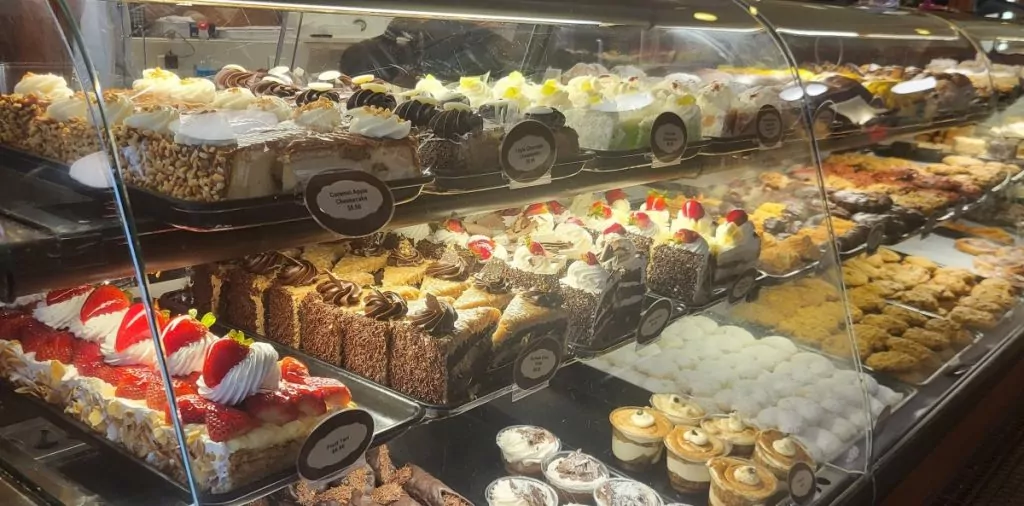
Canfield - Midtown Shopping area
- Jolly Pumpkin - Microbrewery and restaurant, www.detroit.jollypumkin.com
- Shinola Detroit - Flagship Store, www.shinola.com
- Third Man Pressing & Records - Jack White's Record store and vinyl factory, www.thirdmanrecords.com
- BonBonBon - Artisanal chocolate www.bonbonbon.com
Architecture
- Fisher Building, www.fisherbuilding.city
- David Whitney Building, www.davidwhitneybuilding.com
Other museums
- Detroit Historical Museum
- Michigan Science Centre
- Charles Wright Museum of African American History
Entertainment
- The Fisher Theatre
- The Fox Theatre
- Detroit Opera House
Transporters
Distances are short in Detroit. We had a car and it was never more than about 15 minutes between destinations. There is also public transport:
Detroit People Mover - a train around the city centre.
Line - tram that runs from the Fisher building down to Downtown.
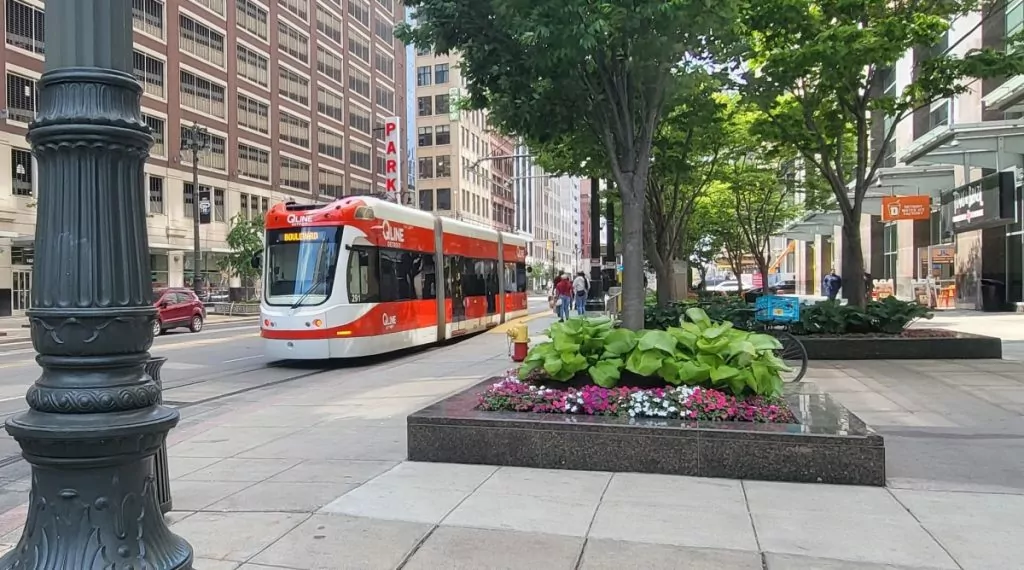
Accommodation in Detroit
- Shinola Hotel
- Hollywood Casino Greektown
- Aloft Detroit I David Whitley Building
- Cambria Hotel
- ROOSE Apartment Hotel in Book Tower
- Foundation Hotel
- Siren Hotel with art deco design
- There are also plenty of bed and breakfasts in restored, historic Victorian homes.

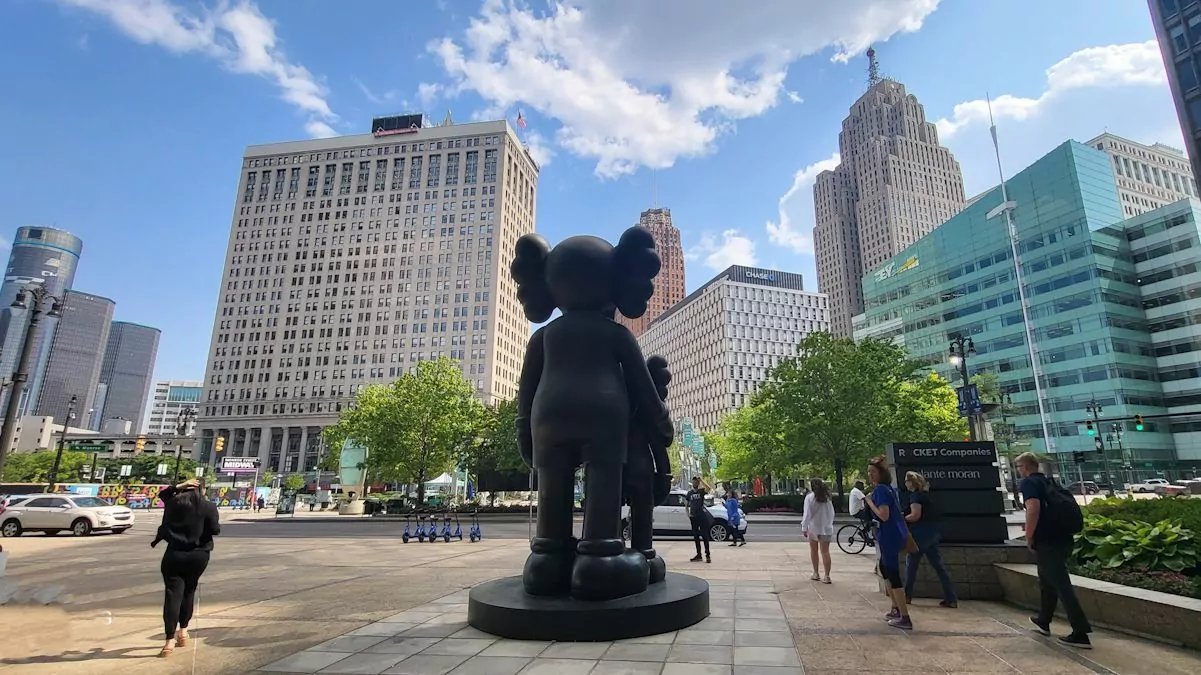










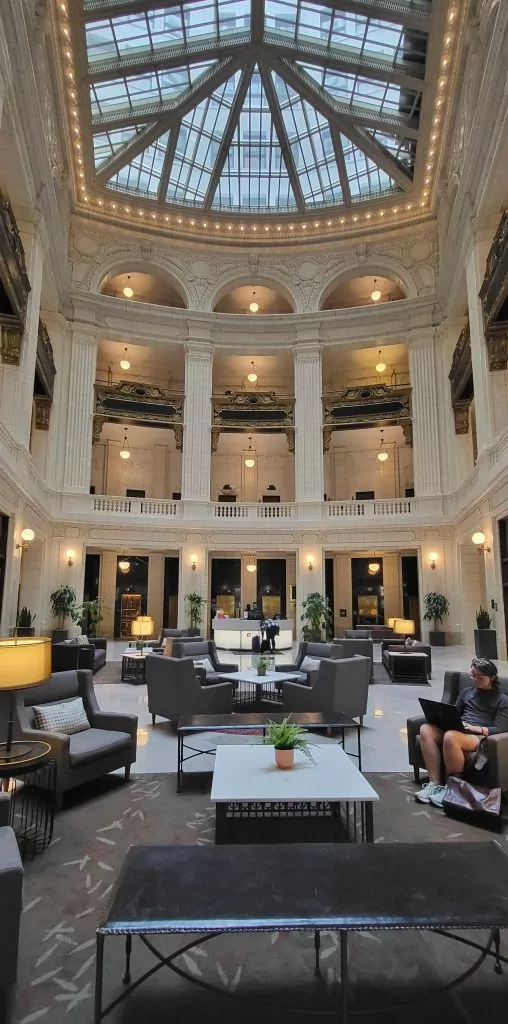

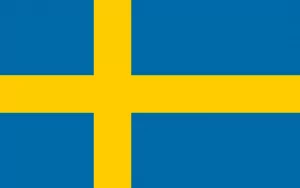
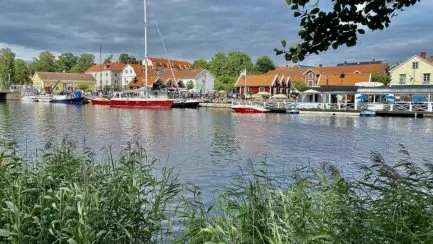
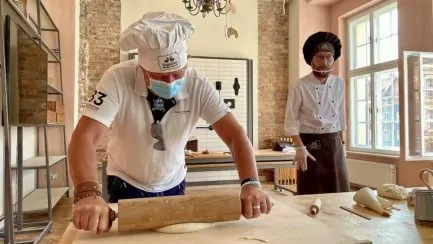

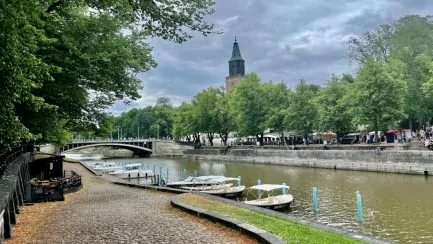
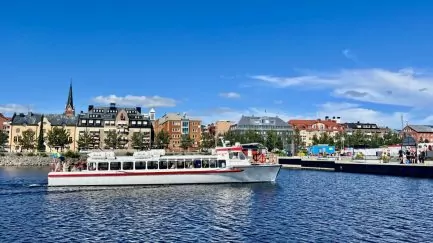



Lena - gott för själen says:
This was an exciting and informative post. I have visited many American cities, but never Detroit. Probably never thought about it. But now my curiosity was aroused.
Hug Lena
10 July 2023 - 18:19
Mia Ulin says:
Hi Lena!
I'm so glad you got curious about Detroit! Well worth a visit!
Hugs Mia
21 September 2023 - 10:22